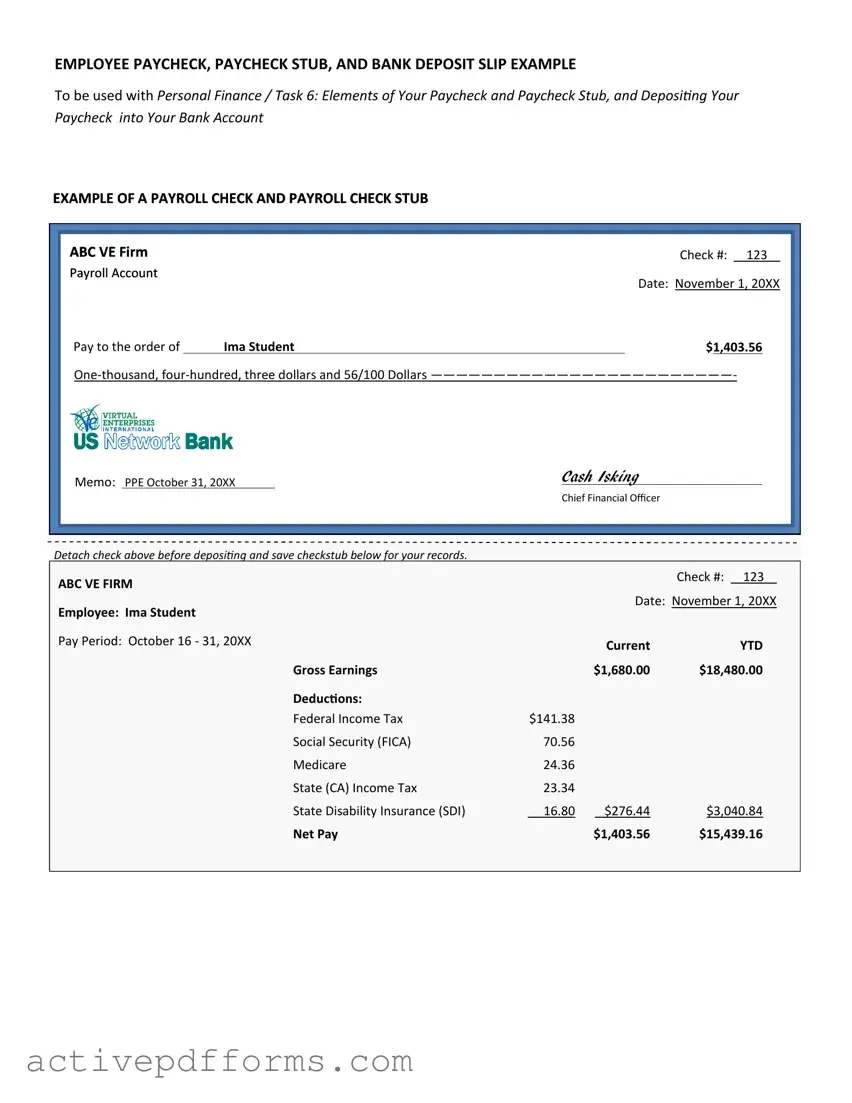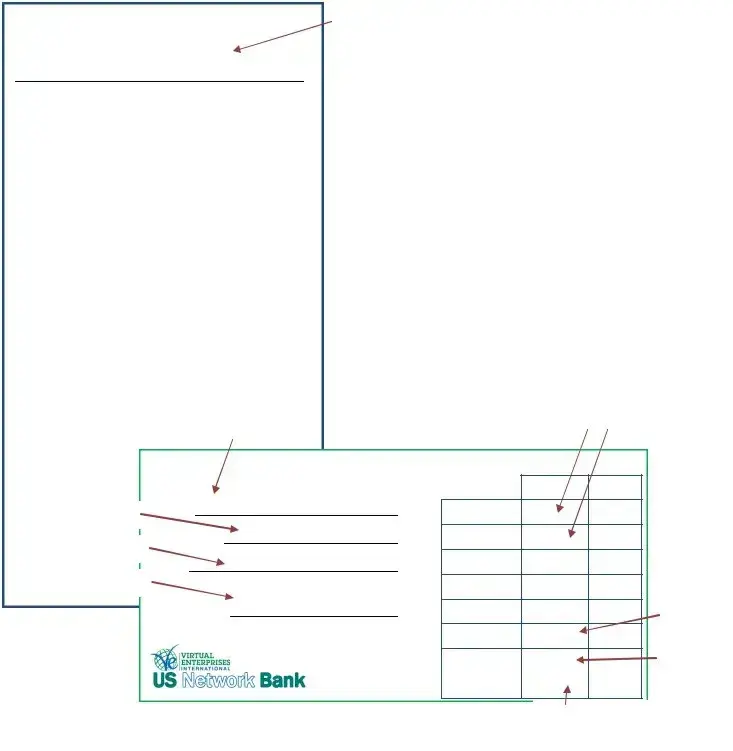-
What is a Payroll Check form?
A Payroll Check form is a document used by employers to pay employees for their services. It details the amount of money the employee earns for a specific pay period, including deductions such as taxes and benefits, resulting in the net pay the employee will receive.
-
Why is a Payroll Check form important?
This form is crucial for several reasons. It ensures employees receive accurate compensation for their work. It also serves as a record for both the employer and employee, documenting earnings and deductions for tax purposes and future reference. Furthermore, it helps maintain transparency between the employer and employees regarding compensation.
-
What details are typically included on a Payroll Check form?
The form generally includes the employee's name, pay period dates, gross pay, a breakdown of deductions (such as federal and state taxes, Social Security, Medicare, and any other deductions like retirement contributions or health insurance premiums), and the net pay, or the amount the employee actually takes home.
-
How often are Payroll Check forms issued?
Employers typically issue Payroll Check forms according to the company's pay schedule, which may be weekly, bi-weekly, semi-monthly, or monthly. The specific frequency depends on the employer's policy and, in some cases, state laws.
-
Can employees receive Payroll Check forms electronically?
Yes, many employers now offer electronic Payroll Check forms, or pay stubs, as part of electronic payroll systems. These electronic forms provide the same information as traditional paper forms and are accessible through secure online platforms. Employees usually receive notifications when their electronic pay stub is available.
-
What if there is an error on a Payroll Check form?
If an employee finds an error on their Payroll Check form, they should report it to their employer or the payroll department immediately. The employer is responsible for correcting any mistakes and issuing a revised pay stub and, if necessary, a new payment to rectify the error.
-
Are Payroll Check forms confidential?
Yes, Payroll Check forms contain sensitive personal and financial information and are considered confidential. Employers are required to protect this information and ensure it's only accessible to authorized personnel.
-
How long should employees and employers keep Payroll Check forms?
Both employees and employers should retain Payroll Check forms for at least three years. These records are important for tax purposes, as they support income and deduction amounts reported to tax authorities. In some cases, keeping them longer may be advisable, depending on the advice of a tax professional or specific legal requirements.
-
Is a Payroll Check form the same as a paycheck?
No, a Payroll Check form, often referred to as a pay stub, is not the same as a paycheck. The paycheck is the actual check or electronic transfer an employee receives as payment. The Payroll Check form provides a detailed summary of how that payment amount was calculated, including earnings and deductions.


